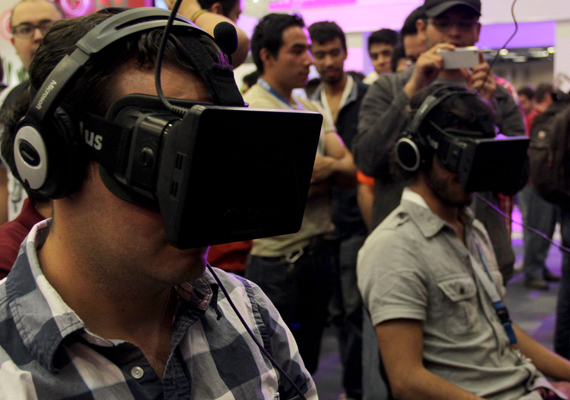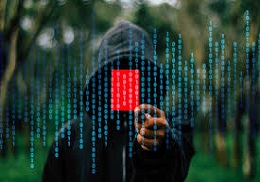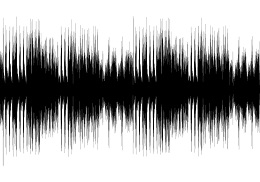
5G, virtual reality, hearables and the internet of things have been the protagonists of the latest edition of the Mobile World Congress (MWC) in Barcelona. The forthcoming event will be the next year from 27 February to 2 March.
3 march 2016
This year edition of the Mobile World Congress (MWC) recently concluded, the world’s mobile industry event is already preparing its next appointment, that will be from 27 February to 2 March. On this occasion, mobiles have lost its major role giving way to the internet of things, virtual reality, wearables and 5G. Mind you, Galaxys Xperias and company could not miss the event. Standing out: Galaxy S7 and S7 Edge, submersible and with 200GB storage, and LG G5, modular and upgradeable to which you can renew its components such as the camera and the screen, besides adding new functions.
The mobile industry fair started with Facebook tycoon Mark Zuckerberg’s powerful statements: “5G is fine, but Internet must be taken to the entire world”. It is estimated that, by 2020, there will be 50.000 millions devices connected to the network. For this reason, it is not strange that major telecommunications companies are striving for developing new projects to squeeze the network. As seen in the previous post about Vodafone antenna cars, telecommunication has designed two systems that use 5G technology.
Virtual Reality
It seems that virtual reality us here to stay. Notwithstanding its higher price (899 EUR), Taiwanese company HTC sold 15.000 units of its Vive glasses in just ten minutes. The system includes a helmet, two remotes, headphones and sensors that delimit the safe space. The main disadvantage is that the glasses will be connected to the computer by wire, limiting the user’s mobility.
LG has also presented its virtual reality prototype as a camera that records 360 degrees videos. For its part, Samsung innovations were oriented to professional users, with a camera that records images in 4K.
‘Hearables’
Hearables haveto be added to wearable technology. They are devices that transmit information through voice. Google, Apple, Samsung and Microsoft are already working in their new devices that will reach close to nine millions units for 2020, according to CCS Insight market analysts’ estimations. Sony’s Xperia Ear follows the same line. “Send and receive messages, check your calendar, search and browse. And all without touching your smartphone”. This is how this new device is published in the japanese web page. But, battery life lasts only three hours.
Internet of things
Thanks to the Internet of Things, or IoT, connectivity is incorporated in everyday objects. In theory. In practice, smartwatches and wearables still have to socialise and spread its use. Things are different talking about Smart TV, that are already present in many households. The MWC clearly indicated that Internet goes beyond its domestic use. The internet of things has practical implementation in many professional sectors: sensors with automatic calibration to measure water level, or cars with connection that alert emergency services and insurance companies in the event of an accident.
Networking space
For the third year running, the MWC has organised the 4 Years From Now (4YFN), bringing together investors, entrepreneurs and business incubators in a three days programme aiming to consolidate the digital startups community by means of conferences, workshops and discussion groups. IBM, Telefónica and Adobe are some of the participants of this year’s edition, amongst other companies.
More than 100.000 attendees from 204 countries, 2.200 participating companies and 3.600 accredited journalists is the final result of the Mobile World Congress 2016. Once again it enshrines as one of the most important events in ICT area.











